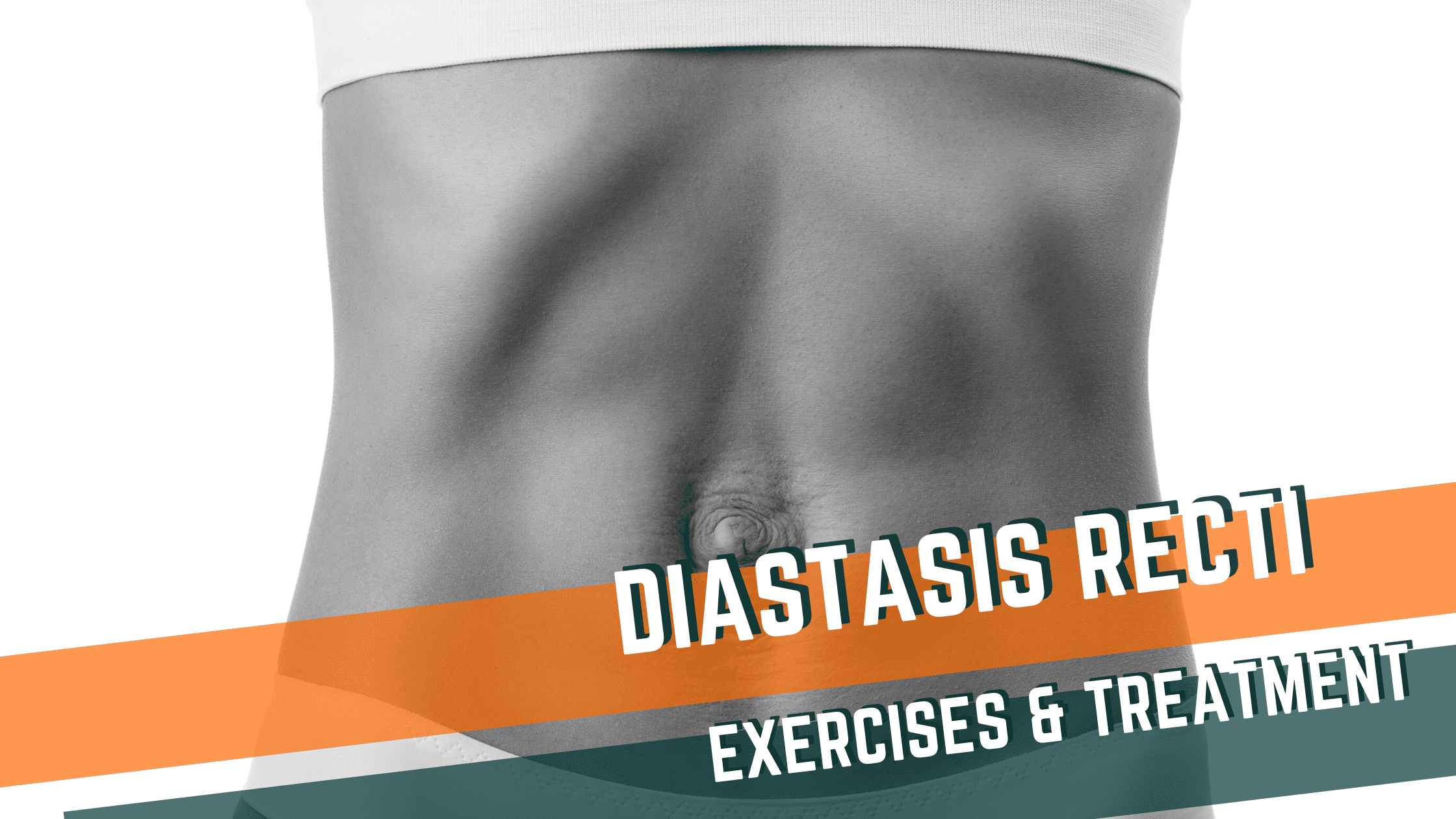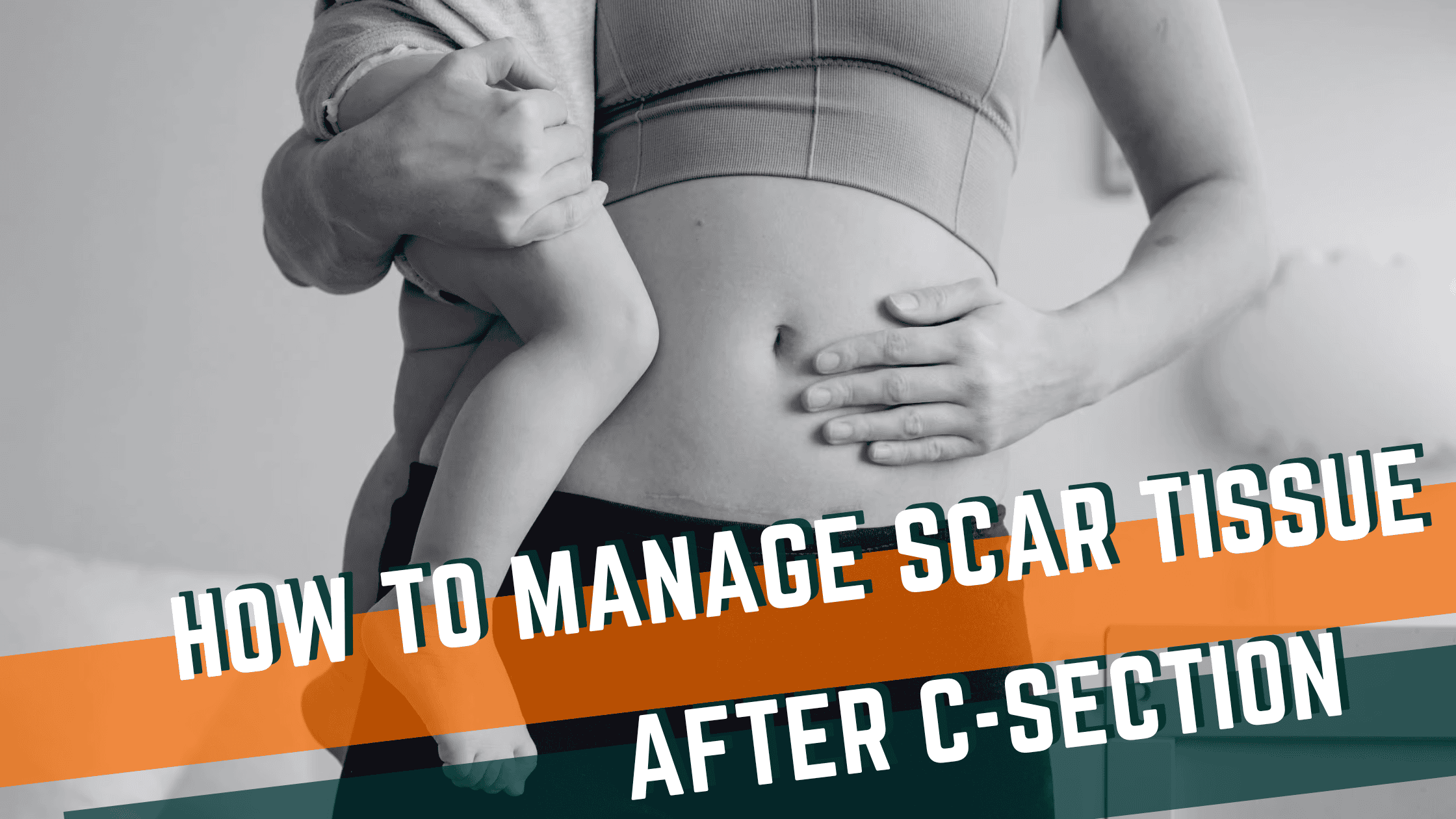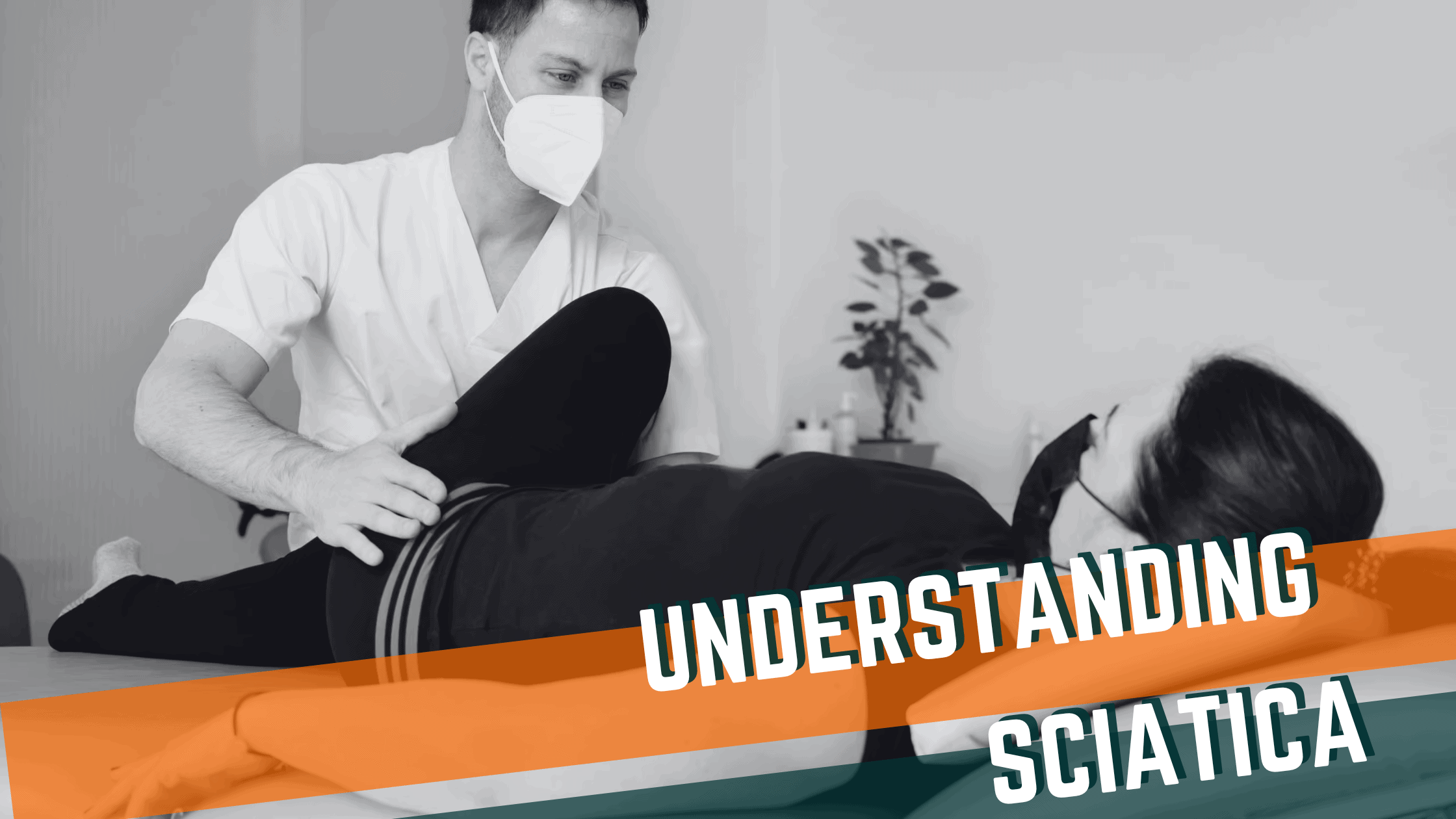
Diastasis recti (DRA) is a common condition that affects many women, especially during and after pregnancy. It is a thinning of the connective tissue between the rectus abdominis muscles (6-pack muscles), which can lead to a bulging belly and other uncomfortable symptoms. Fortunately, diastasis recti can be treated with the right exercises and lifestyle changes. In this blog post, we will discuss how strengthening your core can help to promote healing from diastasis recti.
What is Diastasis Recti?
Diastasis recti is a condition where the distance between rectus abdominis muscles, which run down the front of your abdomen, increases (increased inter-recti distance) and the connective tissue may thin. This increase in inter-recti distance (IRD) can occur during pregnancy, as the uterus grows and puts pressure on the muscles, or it can happen as a result of abdominal surgery, improper bracing during abdominal exercises, or carrying excess weight.
Symptoms of diastasis recti can include a bulging belly, lower back pain, poor posture, and difficulty with bowel movements. (Here is a video showing what subtle bulging during exercise may look like and some cues on how to correct it.) Sixty percent of postpartum women report resolution of DRA 6 weeks postpartum, but 32% report persistent separation at 12 months postpartum (Sperstad 2016).
Image: https://thebarbellphysio.com/wp-content/uploads/2016/08/DiastasisRectusAbd-LG.jpg
BUT, there is more than just the separation that is important. The separation, depth and tissue quality are all components to consider when assessing the severity of diastasis recti.The core needs to be able to create tension to do its job properly and while it is more challenging with increased separation, it is still possible! Here is a way to self assess for a Diastsis Recti.
How Can Strengthening Your Core Help with Diastasis Recti?
The number one difference between women who have a persistent diastasis (>12 months postpartum) is decreased core strength as seen in lower sit up test scores and decreased trunk rotation torque (Hills, 2018). Strengthening your core and pelvic floor may be an effective way to help reduce dysfunction caused by a diastasis recti.
Here are a few exercises that can help you to strengthen your core and promote a more functional diastasis recti:
- Deep core brace: Lie on your back with your knees bent and your feet flat on the floor. Place your palms on the sides of your abdomen with your fingertips pointing towards your belly button. Inhale and fill your belly and side body into your palms (360 breath), fingertips shoulder spread apart. As you exhale, imagine your side body wrapping toward your spine, fingertips come closer together. Hold for a few seconds and then inhale to release and repeat.
- The Kegel: Add in a pelvic floor contraction or kegel with your deep core brace. Lie on your back with your knees bent and your feet flat on the floor. Place your palms on the sides of your abdomen with your fingertips pointing towards your belly button. Inhale and fill your belly and side body into your palms (360 breath), fingertips shoulder spread apart. While inhaling imagine a flower blooming down through your sit bones to elongate the pelvic floor. . As you exhale, imagine your side body wrapping toward your spine, fingertips come closer together. Initiate the exhale with your deep core activation and add a pelvic floor contraction/kegel to the active exhale by drawing Pelvic Floor UP and IN. If you are struggling to connect with your pelvic floor try the following cues: 1) Nod clitoris toward tailbone 2) stop the flow of urine 3) suck a thick smoothie through a straw up your vagina 4) hold back gas / wink anus
- Resisted Dead bug: Lie on your back with your arms extended towards the ceiling and your knees bent at a 90-degree angle. Hold a band in your hands that is attached to a rigid structure behind you (stair banister, door, treadmill or squat rack). Brace deep core as mentioned above, slowly lower one heel to tap the ground. Return to the starting position and repeat on the other side. View Video: https://www.youtube.com/shorts/auMAZW8WaIM
- Bear Plank: Start on hands and knees. Brace deep core and lift knees to hover ~2 inches off the ground. Hold core engagement x 30 seconds. Return to ground and repeat 3x. View Video: https://www.youtube.com/watch?v=KGww8Z_We3Q
- Side Plank with clamshell: Lie on your side with your elbow under your shoulder and your knees stacked on top of each other. Brace your deep core and lift your hips off the ground. Maintain an active shoulder girdle by pressing the armpit away from ground while squeezing glutes and core. Keep ankles together and lift knees toward the ceiling. Hold for 5” and repeat 5 times. Repeat on the opposite side. View Video: https://www.youtube.com/shorts/3uuAUD7D09A
Diastasis recti can be a frustrating and uncomfortable condition, but it is possible to improve your symptoms and promote a more functional core. Strengthening your core and pelvic floor is a key component of this process. Ultimately NO exercise is deemed “BAD” for your core even if you have a persistent diastasis recti, BUT you need to know how to properly engage all of your core and strengthen with appropriate progressive overload.
Recent Articles
10 Things I Learned Doing Croft While Pregnant

C-Section Scar Tissue and Adhesions: Physical Therapy Interventions for Pain Relief

Understanding Sciatica

Elevate Your Running Game: The Importance of Weightlifting for Runners

TMJ Disorders and Headaches: Physical Therapy Approaches for Pain Relief

